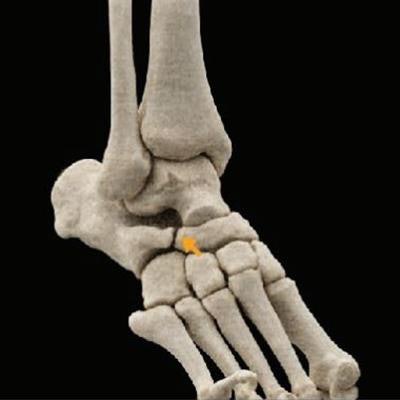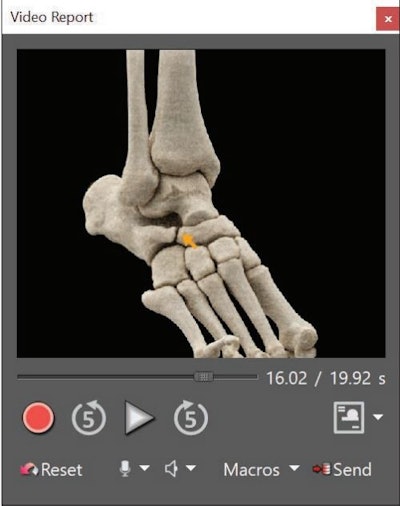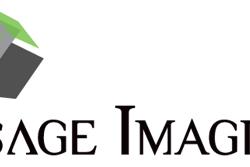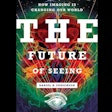
Video radiology reports can help patients better understand imaging results and leave more patients satisfied with their experience, according to research published April 20 in the American Journal of Roentgenology.
A team led by Dr. Michael Recht from New York University (NYU) wrote that patients reported high satisfaction and understanding of their respective reports and that it takes radiologists less than four minutes to create video reports.
"The video reports decreased patients' anxiety about their imaging results and patients preferred receiving video reports for both normal and abnormal findings," Recht told AuntMinnie.com.
Patient-centered care has become an increasingly important priority in radiology, making communication with patients central. The researchers wrote that the main method of communication between radiologists and patients is the radiology report.
Previous research suggests that patients prefer easier access to their radiology reports, with digital patient portals allowing them to view, download, and share their images. Recht et al wrote that at NYU, 76% of patients have active online patient portal access.
But this doesn't solve the problem of how patients can understand their imaging results since reports can have technical language not easily understood by a lay audience.
Recht and colleagues wanted to help with this by creating patient-centered video radiology reports using lay language and annotated images. They also wanted to see if the reports had any effect on patient experience and understanding of imaging results.
The study authors worked with enterprise software developer Visage Imaging on an integrated video reporting tool that's embedded inside the diagnostic viewer and that features both image and voice capture.
During a four-month period, 105 faculty radiologists created a total of 3,763 video radiology reports that were just under one minute in length. The average time to create a video report was three minutes, 58 seconds. Recht said reports are "easily" created by both junior and senior faculty, as well as by radiologists in all subspecialties.
"To date, our radiologists at NYU Langone have created over 11,000 video reports over the past six months," he added.
The team also wrote that the process of creating and delivering video reports can be integrated into existing informatics infrastructures.
Patients or families of patients viewed 864 unique video reports. Images from various modalities were taken for patients ages 7 weeks to 91 years. These included MRI, CT, mammography, ultrasound, radiographs, and interventional radiology procedures.
 A team at New York University led the development of radiology video reports to help patients better understand imaging results. This screenshot shows some components of a video report, such as buttons to start, pause, stop recording, and rewind. The arrow points to a calcaneonavicular coalition on a cinematically rendered image. Image courtesy of the American Journal of Roentgenology.
A team at New York University led the development of radiology video reports to help patients better understand imaging results. This screenshot shows some components of a video report, such as buttons to start, pause, stop recording, and rewind. The arrow points to a calcaneonavicular coalition on a cinematically rendered image. Image courtesy of the American Journal of Roentgenology.For the survey portion, 101 patients reported their experience to be a 4.7 out of 5, the highest rating. They also rated the video reports helping understand their findings a 4.7 out of 5. Most patients (91%) reported that they preferred having both written and video reports together over having written reports alone.
Since the pilot study ended in January, creation time by radiologists has decreased to under two minutes, Recht said. However, he added that this is still too long.
"To further shorten creation time, we have recently begun using 'audio macros,' similar to the macros used when creating reports using voice recognition," he told AuntMinnie.com. "At this point in time, approximately 65% of our video reports are created using these macros and the average time to create a video report using macros is under 40 seconds."




















